Rushaga Sector: Heart of Uganda’s Gorilla Wilderness
An Invitation to Untamed Splendor
In the southwestern reaches of Uganda, where mist-laden forests and rolling hills converge in serene majesty, lies Rushaga Sector, a destination where the wonders of nature are preserved in their most authentic form. Unlike the well-trodden paths of conventional tourism, Rushaga offers a tranquil sanctuary where the forest’s ancient rhythms dominate and the presence of wildlife evokes both awe and humility. Within its boundaries, life moves at the pace of the forest itself, revealing intricate ecological interconnections and a rich cultural heritage that has endured for centuries.
Rushaga has become synonymous with mountain gorilla conservation, attracting travelers from across the globe who seek more than mere observation—they yearn for a profound connection with one of the planet’s most endangered species. Beyond its wildlife, the sector embodies a successful model of community-led tourism, where local populations actively participate in preserving their environment while sharing cultural knowledge and traditions with visitors. Each journey through Rushaga is therefore both a natural and cultural immersion, demonstrating the delicate balance between ecological protection and human engagement that defines Uganda’s most treasured landscapes.
Location and Geographical Overview
Rushaga Sector is situated in Kanungu District, forming the southern corridor of Bwindi Impenetrable National Park, one of Uganda’s most biodiverse and ecologically significant protected areas. Its strategic location at the southern edge of the forest renders it an essential entry point for gorilla trekking expeditions, offering access to a landscape characterized by dense montane forests, steep hills, and deep valleys carved by centuries of flowing rivers. The sector’s elevation varies significantly, creating microclimates that support diverse flora and fauna, many species of which exist nowhere else in the world.
The terrain of Rushaga is both challenging and captivating, with narrow trails meandering through thick vegetation, offering glimpses of waterfalls, moss-covered rocks, and ancient tree canopies. This rugged geography has historically limited extensive settlement, allowing the forest to thrive relatively undisturbed. The sector also forms a critical ecological corridor connecting Bwindi to neighboring forested regions in Rwanda and the Democratic Republic of Congo, ensuring the survival of species that require extensive ranges for foraging and breeding.
Historical and Cultural Context
The historical narrative of Rushaga is inseparable from the forest that envelopes it and the communities that inhabit its periphery. For centuries, the Batwa people, recognized as the original forest dwellers, have maintained a profound connection to the ecosystem. Their knowledge of medicinal plants, tracking of wildlife, and intimate understanding of forest ecology has been integral to both survival and the preservation of local biodiversity.
With the establishment of Bwindi Impenetrable National Park, the Batwa and other local communities were gradually relocated, creating complex challenges regarding cultural continuity and land use. Despite these disruptions, the Batwa community in Rushaga has retained its identity through music, dance, storytelling, and artisanal crafts, which continue to be shared with visitors. These cultural exchanges provide a living bridge between past and present, offering travelers not just observation but participation in a heritage that has endured through resilience and adaptation.
The Bakiga and Bafumbira communities, who inhabit the surrounding hills, have also contributed to the cultural landscape of Rushaga. Their terraced farms, tea plantations, and small-scale subsistence agriculture exemplify sustainable land management practices, reflecting centuries of adaptation to the region’s steep slopes. Rituals, communal festivals, and traditional knowledge reinforce a strong sense of place and environmental stewardship, integrating cultural practices with ecological awareness.
Ecological Significance and Biodiversity
Rushaga Sector is internationally recognized for its remarkable biodiversity. As part of Bwindi Impenetrable National Park, it provides essential habitat for the endangered mountain gorilla, accounting for a significant proportion of the global population. The forest’s dense canopy, abundant food sources, and protected environment make it a haven for gorillas, whose behavior, social structures, and familial bonds fascinate researchers and visitors alike.
The sector’s biodiversity extends beyond gorillas. Forest elephants, golden monkeys, chimpanzees, and numerous antelope species inhabit its depths, while rare bird species fill the skies with vibrant colors and songs. The flora is equally diverse, comprising endemic orchids, medicinal plants, and towering hardwoods that sustain the forest’s intricate ecological web. Seasonal variations influence flowering, fruiting, and animal movements, creating a dynamic ecosystem that continues to be studied for its scientific and conservation value.
Conservation efforts in Rushaga emphasize ecosystem integrity rather than solely species protection. Initiatives include anti-poaching patrols, habitat restoration, and community engagement programs that promote sustainable land use. The sector’s role in water catchment, carbon sequestration, and soil preservation highlights its broader environmental significance, extending its impact well beyond the boundaries of Bwindi.
Gorilla Trekking: An Unparalleled Encounter
The defining attraction of Rushaga Sector is undoubtedly gorilla trekking, an immersive experience that is as demanding physically as it is rewarding emotionally. Trekkers are guided through dense vegetation by skilled rangers, sometimes hiking for hours before encountering a gorilla family. The first glimpse of a silverback or infant gorilla evokes a sense of profound respect and connection, underscoring the delicate balance between human presence and wildlife conservation.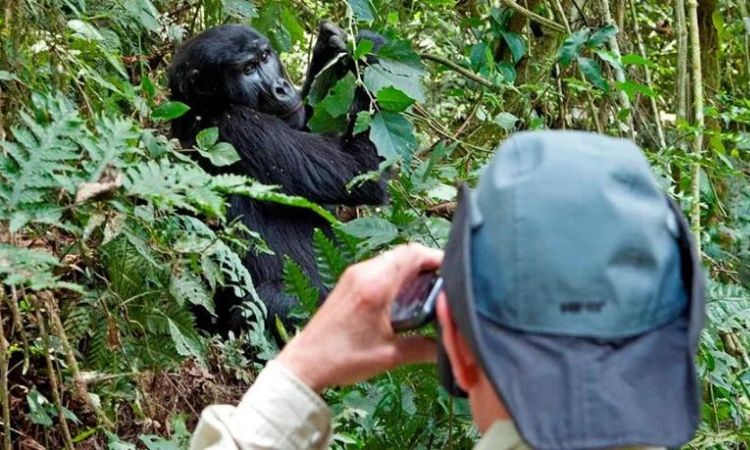
Treks are meticulously regulated to minimize impact on the gorillas and their habitat. Visitor numbers are limited, and strict guidelines govern behavior during encounters, ensuring the preservation of natural behaviors and forest integrity. The experience is transformative, often leaving a lasting impression on travelers and inspiring ongoing support for conservation initiatives. Through gorilla trekking, Rushaga exemplifies responsible tourism, where visitors are engaged not merely as spectators but as contributors to the sustainability of one of the planet’s most fragile ecosystems.
Community Engagement and Sustainable Tourism
In Rushaga Sector, community involvement is integral to conservation and tourism. Programs such as the Rushaga Gorilla Community Camp have been established to ensure that tourism revenues directly benefit local populations. Employment opportunities, skill training, and revenue-sharing initiatives contribute to improved healthcare, education, and infrastructure within the surrounding villages, reinforcing the link between conservation success and community welfare.
Tourism activities extend beyond wildlife observation, offering cultural immersion through home visits, traditional music and dance performances, and artisan workshops. Visitors participate in banana beer brewing, basket weaving, and local culinary preparation, deepening their appreciation for the human dimension of the forested landscape. Such interactions ensure that tourism is mutually beneficial, fostering understanding, respect, and sustainable economic growth within the sector.
Educational programs are also embedded within Rushaga’s tourism framework. Schools and youth groups are involved in forest monitoring, environmental awareness campaigns, and biodiversity documentation, cultivating a generation of informed custodians committed to the protection of their natural heritage. By intertwining education, conservation, and cultural engagement, Rushaga has become a model for holistic, community-centered tourism.
Hiking, Nature Walks, and Scenic Exploration
The terrain of Rushaga Sector offers extensive opportunities for hiking and nature exploration. Trails meander through mist-covered valleys, alongside rivers, and over undulating hills, providing panoramic views of Bwindi’s forested expanses. Hikes reveal hidden waterfalls, rare orchids, and endemic bird species, transforming each journey into a multifaceted encounter with nature.
Guided walks are rich in ecological and cultural insights, with interpretive guides explaining plant uses, wildlife behavior, and the historical significance of specific landscapes. The physical challenges posed by the sector’s steep trails are offset by the sense of immersion in one of the world’s most unique ecosystems. Each step along the forest floor reinforces the interconnectedness of species and the delicate balance that sustains life within the sector. These excursions further underscore the value of experiential learning, where travelers gain knowledge, appreciation, and inspiration from direct engagement with the environment.
Climate and Optimal Visiting Periods
Rushaga Sector experiences a tropical montane climate, with relatively consistent temperatures moderated by elevation. Two primary rainy seasons, from March to May and September to November, bring heavy rainfall that transforms the forest into a lush, verdant paradise. However, these periods also present challenges for trekking, as trails become slippery and rivers may swell.
The dry seasons, from June to August and December to February, are preferred for trekking due to more stable weather and clearer forest visibility. Temperature variations are influenced by altitude, with cooler conditions experienced at higher elevations, particularly in early mornings and evenings. Despite seasonal fluctuations, every visit offers distinct opportunities to observe wildlife behavior, flowering patterns, and the dynamic interplay between climate and forest ecology. Preparation for sudden weather changes is advised, as the sector’s microclimates can shift rapidly, even within a single day.
Accommodation and Visitor Experience
Accommodation in Rushaga Sector is designed to integrate seamlessly with the environment while offering comfort and cultural immersion. Lodges and community camps utilize sustainable construction materials, solar energy, and waste reduction practices to minimize ecological impact. The Rushaga Gorilla Community Camp exemplifies this approach, providing well-appointed lodging that benefits the local community while maintaining close proximity to trekking trails and cultural sites.
Hospitality in Rushaga emphasizes personalized, immersive experiences. Guests are often welcomed with traditional ceremonies, locally sourced refreshments, and opportunities to engage with artisans and farmers. Dining experiences frequently feature fresh, organic produce sourced from nearby farms, reinforcing the connection between ecological sustainability and daily life. This careful integration of comfort, culture, and conservation ensures that accommodation is not merely functional but transformative, fostering a deeper appreciation for both the forest and the communities that steward it.
Challenges and Conservation Initiatives
Despite its protected status, Rushaga Sector faces ongoing challenges. Human-wildlife conflict, deforestation, poaching, and pressures from population growth threaten ecological stability. Climate change introduces additional risks, potentially affecting rainfall patterns, forest composition, and gorilla habitats.
In response, a range of integrated conservation measures has been implemented. Collaborative programs between the Uganda Wildlife Authority, NGOs, and local communities focus on habitat restoration, anti-poaching patrols, environmental education, and research initiatives. Local engagement remains central, as communities participate in monitoring wildlife, enforcing sustainable farming practices, and promoting eco-tourism. These combined efforts ensure that conservation is inclusive, adaptive, and sustainable, safeguarding Rushaga’s ecological and cultural heritage for future generations.
Rushaga as a Destination of Distinction
Rushaga Sector represents a unique convergence of nature, culture, and conservation. Its mist-shrouded forests, endangered gorillas, and vibrant communities create a destination that is both captivating and transformative. Visitors are immersed in landscapes that have remained largely unaltered for centuries, while simultaneously engaging with traditions and initiatives that exemplify sustainable human-environment interaction.
Every visit to Rushaga is an opportunity to witness the extraordinary, from the quiet majesty of gorillas in their natural habitat to the enduring resilience of communities dedicated to conservation. The sector embodies a vision of tourism that is ethical, enriching, and deeply connected to place.
For travelers seeking an unforgettable experience, booking tours and safaris with WildHorn Africa ensures expert guidance, sustainable practices, and meaningful engagement with both wildlife and local communities. Through WildHorn Africa, every journey into Rushaga Sector becomes not only a personal adventure but also a contribution to the preservation of Uganda’s extraordinary natural and cultural heritage.

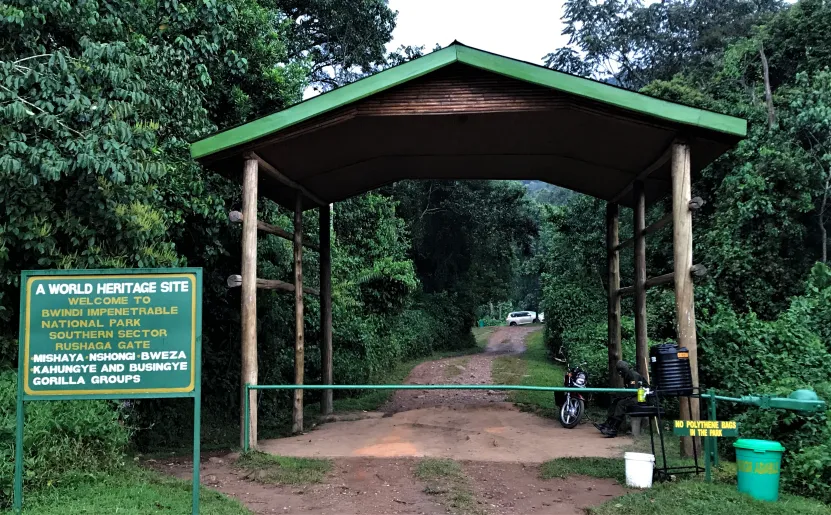
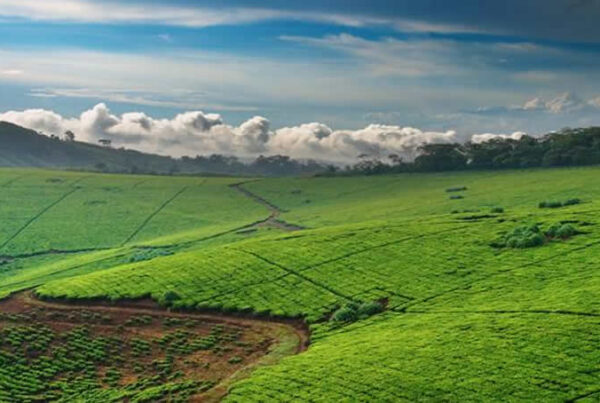
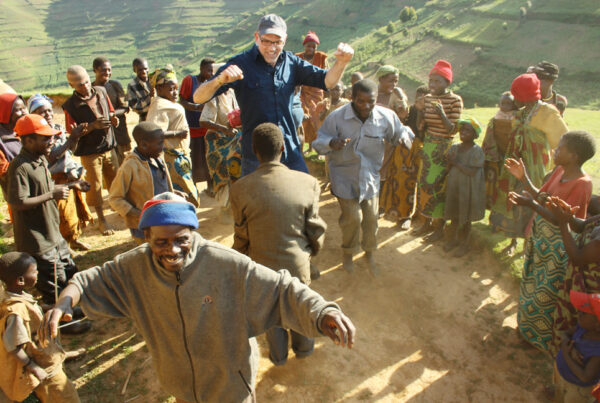
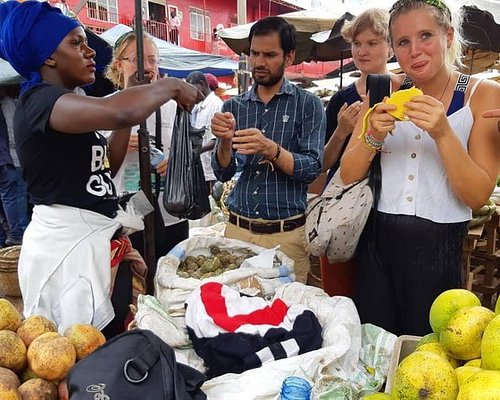
 WildHorn Africa – Authentic and unforgettable tours across Africa, guided by local experts who know the land, wildlife, and culture best.
WildHorn Africa – Authentic and unforgettable tours across Africa, guided by local experts who know the land, wildlife, and culture best.


